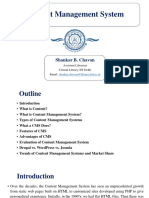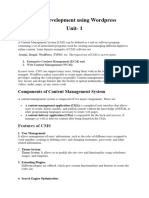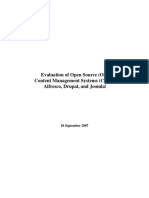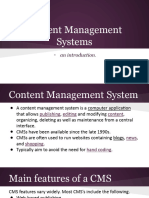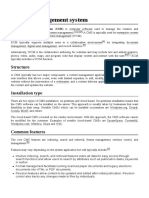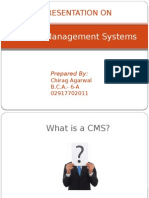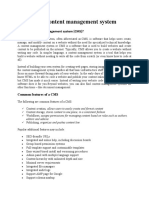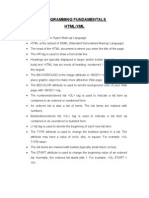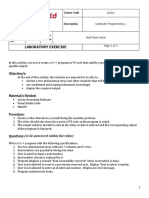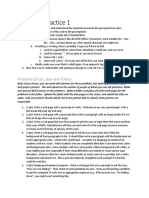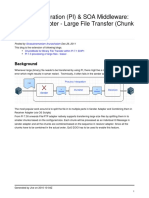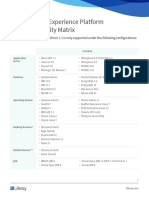0% found this document useful (0 votes)
42 views21 pagesWeb System Chapter v7.0
This document discusses the evolution and functionality of Content Management Systems (CMS), highlighting their historical context, early examples, and technological advancements. It outlines the definition, types, core functions, advantages, and challenges of CMS, along with a comparative analysis of popular platforms like WordPress, Joomla, and Drupal. The document also explores future trends in CMS, including the shift to cloud-based solutions and the integration of AI and automation.
Uploaded by
BIRUK GEBRECopyright
© © All Rights Reserved
We take content rights seriously. If you suspect this is your content, claim it here.
Available Formats
Download as PDF, TXT or read online on Scribd
0% found this document useful (0 votes)
42 views21 pagesWeb System Chapter v7.0
This document discusses the evolution and functionality of Content Management Systems (CMS), highlighting their historical context, early examples, and technological advancements. It outlines the definition, types, core functions, advantages, and challenges of CMS, along with a comparative analysis of popular platforms like WordPress, Joomla, and Drupal. The document also explores future trends in CMS, including the shift to cloud-based solutions and the integration of AI and automation.
Uploaded by
BIRUK GEBRECopyright
© © All Rights Reserved
We take content rights seriously. If you suspect this is your content, claim it here.
Available Formats
Download as PDF, TXT or read online on Scribd
/ 21
